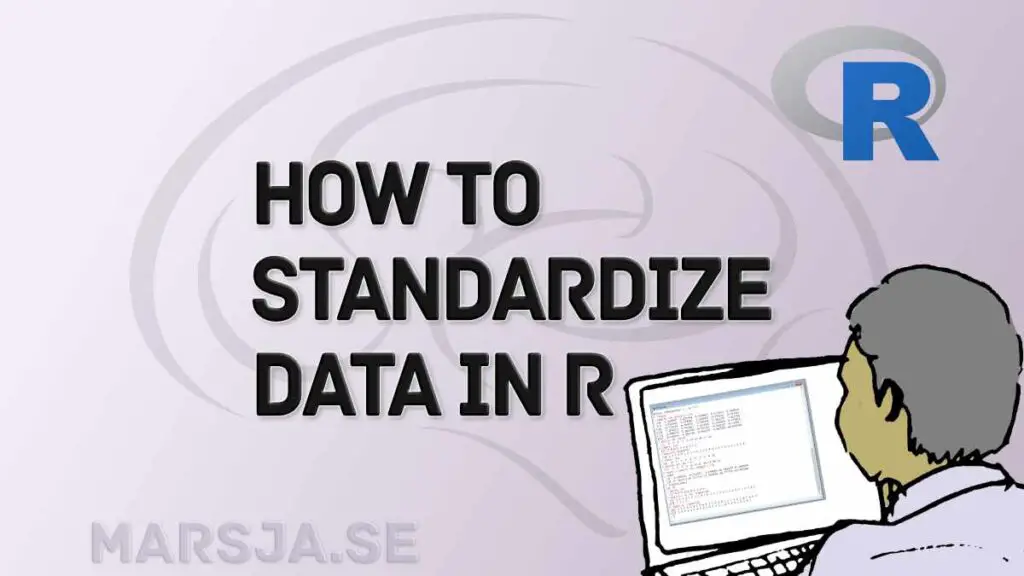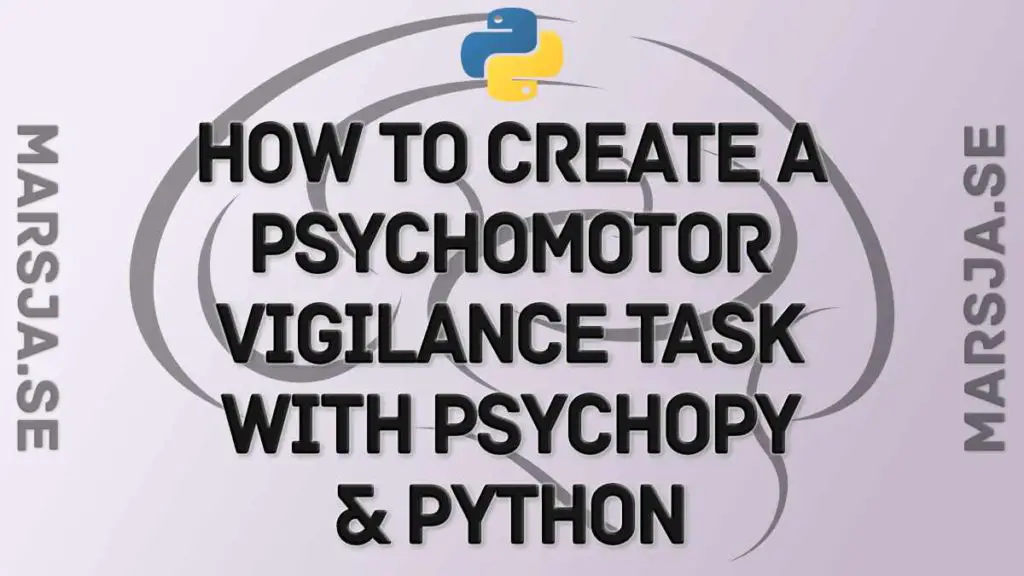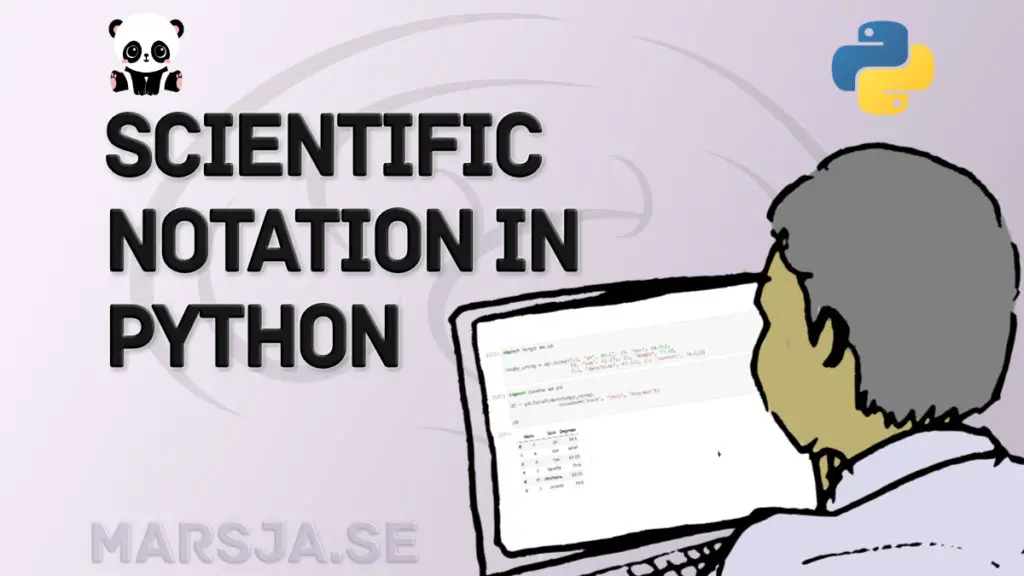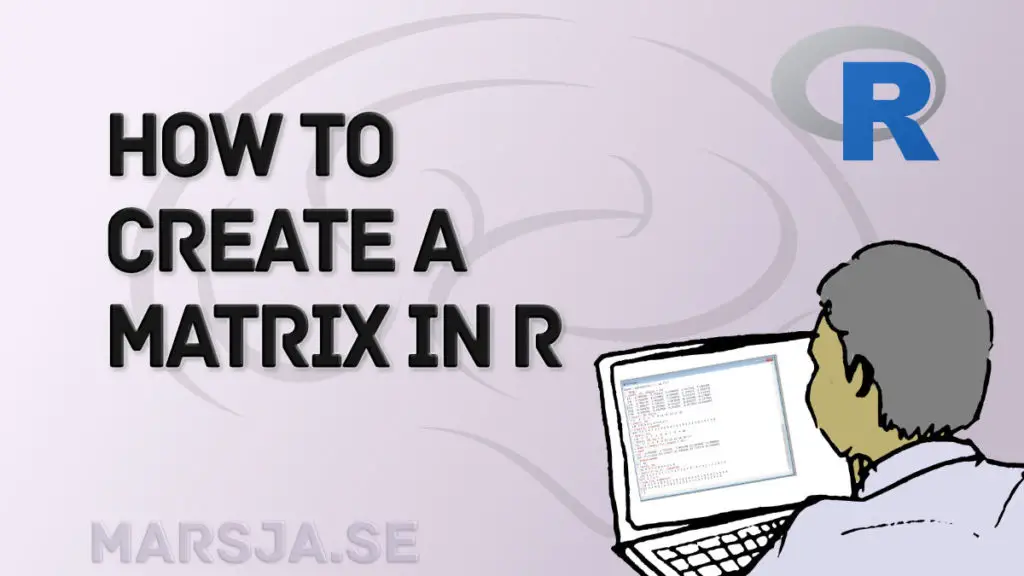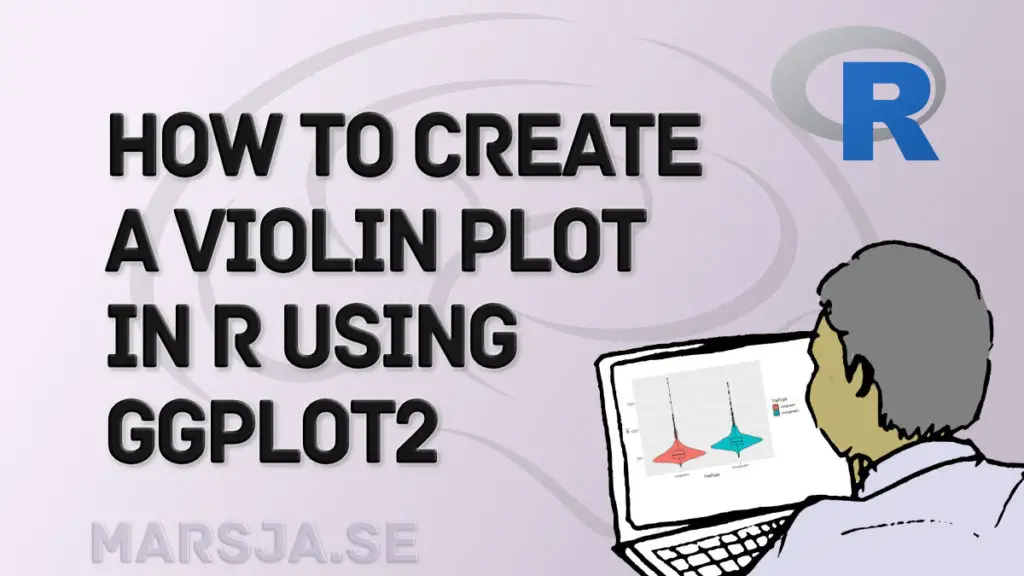This tutorial covers the critical topic of standardizing data in R. Standardizing data involves transforming data such that the mean of the data becomes zero and the standard deviation becomes one. This technique is widely used in data analysis and modeling, including psychology, biology, and finance.
Through this post, you will learn about the circumstances when and why we may want or need to standardize data in R. We will also discuss what it means to standardize variables and which R functions are best suited for standardization. Additionally, the tutorial provides a step-by-step guide on how to standardize data in R. Starting with standardizing a vector, we move on to standardizing a matrix, standardizing data in a dataframe, and finally, standardizing only numeric columns in a dataframe.
Whether you are a seasoned data analyst, a research professional, or a student, this tutorial will equip you with essential skills to standardize data in R. These skills will enable you to understand better and analyze your data, paving the way for better insights and informed decision-making.

